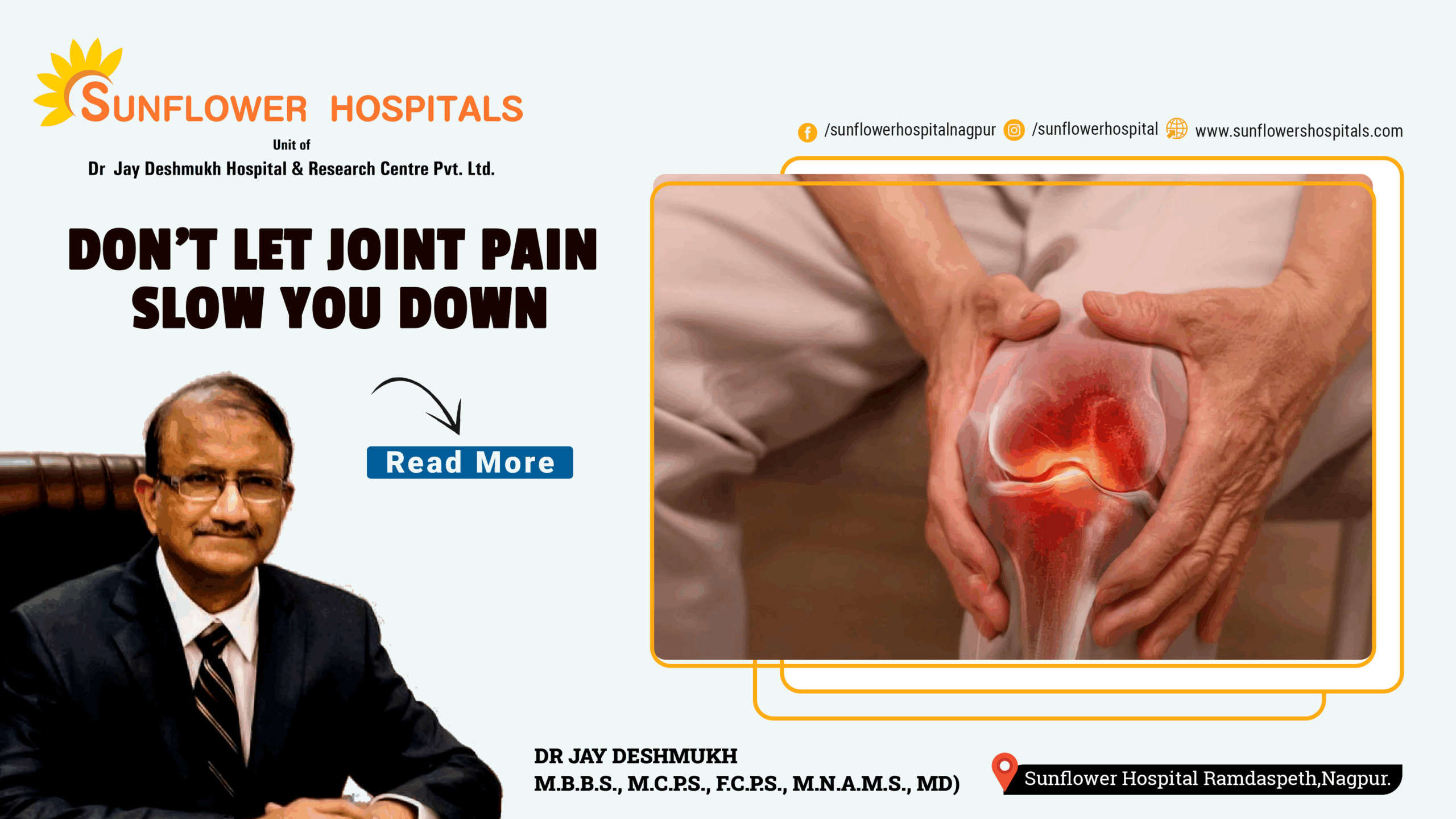What is osteoarthritis?
Osteoarthritis (OA) is a degenerative joint disease where the protective cartilage that cushions the ends of bones gradually wears away. This leads to pain, stiffness, swelling, and reduced joint movement. It most commonly affects the knees, hips, hands, and spine.
Who is most likely to develop osteoarthritis?
OA risk increases with age. It’s more common in women after menopause, in people who are overweight, and in those with prior joint injuries, family history of OA, or occupations involving repetitive joint use
What are the early symptoms of osteoarthritis?
Joint pain during or after activity Morning stiffness lasting less than 30 minutes Swelling or tenderness around joints Reduced range of motion A grating or crackling sound (“crepitus”) on movement
How is osteoarthritis diagnosed?
Diagnosis is clinical, based on symptoms and physical examination. X-rays show joint space narrowing, osteophytes (bone spurs), and subchondral sclerosis. MRI is used if soft-tissue injury or early OA is suspected.
How can lifestyle changes help?
Weight loss reduces pressure on weight-bearing joints. Exercise (especially low-impact activities like walking, cycling, and swimming) strengthens muscles and maintains mobility. Balanced diet rich in omega-3, antioxidants, and calcium supports joint health. Good posture and avoiding joint overuse can delay progression.
What is the difference between osteoarthritis and rheumatoid arthritis?
OA is a wear-and-tear condition of the cartilage, whereas rheumatoid arthritis (RA) is an autoimmune disease causing inflammation of the joint lining. OA usually affects one or a few joints asymmetrically; RA affects multiple joints symmetrically and involves wrist joints and often causes systemic symptoms like fatigue or fever.
What medications are used in osteoarthritis?
Pain relief: Paracetamol or NSAIDs (oral or topical). Intra-articular injections: Corticosteroids or hyaluronic acid for temporary relief. Supplements: Glucosamine and chondroitin have variable benefit. Emerging options: Duloxetine (for chronic pain) and platelet-rich plasma (PRP) injections are being explored.
Can osteoarthritis be prevented?
While age and genetics cannot be altered, prevention is possible by: Maintaining healthy body weight Avoiding joint overuse and injury Staying physically active Managing metabolic diseases like diabetes and dyslipidemia
When is surgery needed?
Joint replacement (e.g., total knee or hip arthroplasty) is advised when pain and disability persist despite optimal medical and physical therapy. Modern techniques provide excellent long-term outcomes.
What is the outlook for patients with osteoarthritis?
OA is a chronic condition but not inevitable with age. With lifestyle changes, physiotherapy, and timely treatment, most people stay active, mobile, and pain-free for years. Osteoarthritis isn’t curable but is highly manageable. Early diagnosis, regular exercise, and maintaining weight can improve quality of life.
Author: Dr Jay Deshmukh
Dr Jay Deshmukh is Chief Physician and Director, Sunflower Hospital, Nagpur Honorary Physician to Honorable Governor of Maharashtra and PondicherryCentral. Dr Jay Deshmukh is an M.B.B.S., M.C.P.S., F.C.P.S., M.N.A.M.S., MD From Internal Medicine – Bombay and New Delhi.


